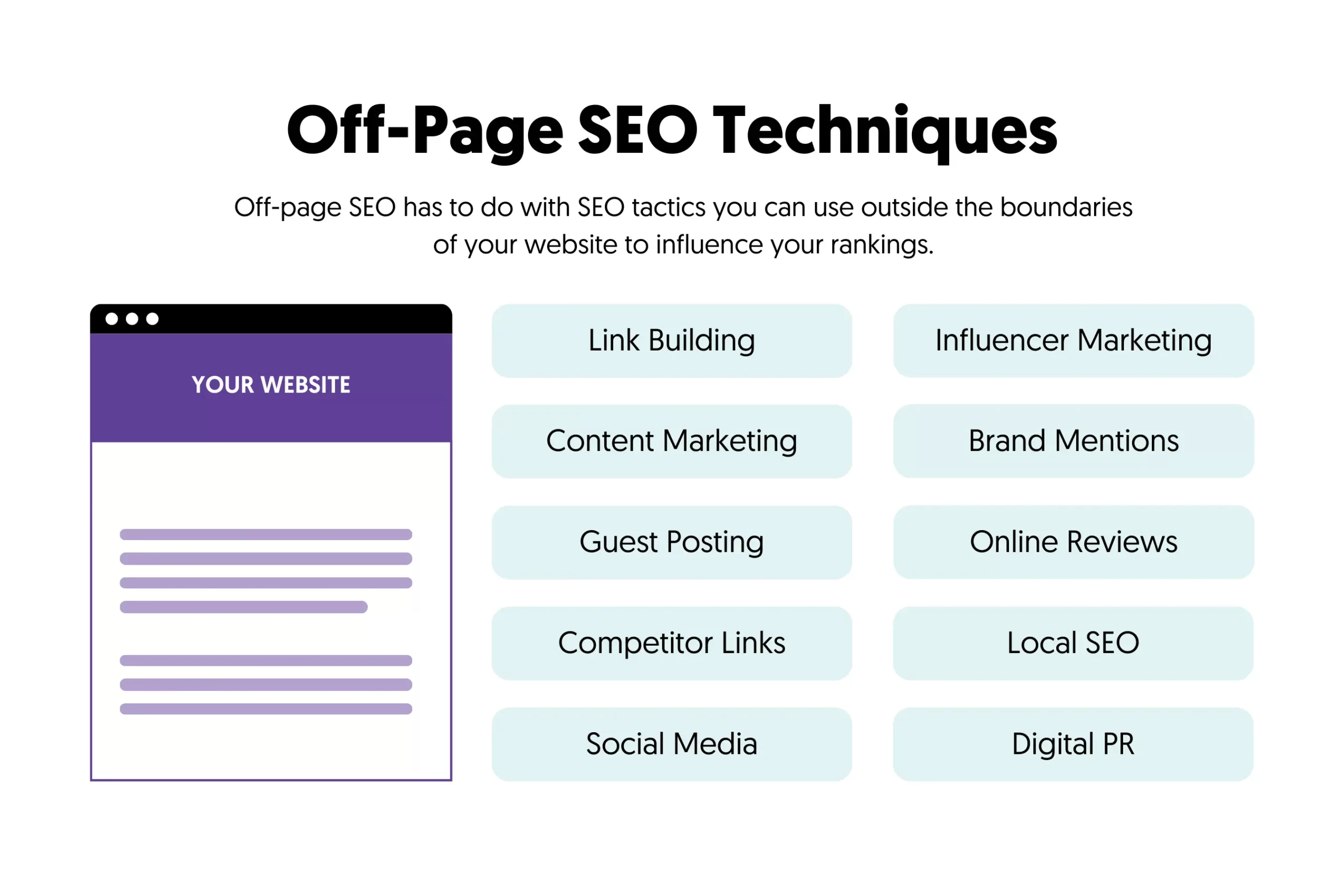Comprehensive Overview to What Is Not Considered a Default Medium in Google Analytics
Comprehensive Overview to What Is Not Considered a Default Medium in Google Analytics
Blog Article
Introducing the Unconventional Mediums in Google Analytics Beyond Default Setups
In the realm of electronic analytics, Google Analytics stands as a cornerstone for companies seeking to recognize their on-line existence. While default setups use beneficial understandings, truth depth of comprehending lies in exploring the unique tools that typically go undetected. By venturing past the surface area and delving right into the details of social media sites information, email project performance, referral traffic sources, direct web traffic patterns, and customized channel groups, a treasure trove of details awaits those going to welcome a more nuanced technique. What lies beneath these non-traditional mediums might just redefine just how organizations perceive and strategize their on-line campaigns.

Leveraging Social Network Insights
Occasionally overlooked, yet greatly beneficial, is the technique of leveraging social media insights within the world of Google Analytics. By incorporating data from platforms like Facebook, Twitter, Instagram, and LinkedIn into Google Analytics, businesses can gain a deeper understanding of their audience and the performance of their social media sites campaigns.
With this integration, marketing professionals can track and analyze user actions on their website that stems from social media sites systems. They can identify which social media networks are driving one of the most traffic, which web content is reverberating with the audience, and which campaigns are converting one of the most leads. This insight enables data-driven decisions to enhance social media sites strategies and enhance total marketing performance.
Additionally, by integrating social media sites understandings with Google Analytics, businesses can create extra targeted and personalized campaigns - what is not considered a default medium in google analytics. They can utilize market information, interests, and on the internet habits gathered from social media sites to refine their audience segmentation and deliver customized messages that resonate with particular client teams. This targeted method can bring about higher engagement, raised conversions, and inevitably, boosted return on financial investment
Discovering Email Project Efficiency
Discovering Email Campaign Performance involves examining vital metrics and performance signs to examine the effectiveness of e-mail marketing efforts. When diving into e-mail project performance, it is important to evaluate metrics such as open prices, click-through prices, conversion prices, and unsubscribe rates. Open up prices show the percentage of receivers that opened up the email, supplying insight right into the performance of subject lines and sender names. Click-through prices gauge the percentage of receivers who clicked on links within the e-mail, revealing involvement degrees. Conversion prices track the percentage of receivers that finished a preferred activity after clicking on a link in the e-mail, such as buying or signing up for a newsletter. Unsubscribe rates highlight the number of recipients that chose out of getting further e-mails, dropping light on email content top quality and relevance. By examining these metrics, online marketers can adjust their email projects for much better interaction and performance.
Studying Recommendation Website Traffic Sources
After examining the performance of email projects via key metrics such as open rates and conversion prices, the next important step is evaluating reference traffic sources in Google Analytics to understand where web site visitors are originating from and just how they engage with the site. Referral website traffic sources refer to the sites that route users to your website with clickable links. By diving right into this data, services can obtain understandings right into which external platforms are driving website traffic to their site, whether it be social media systems, partner web click this site sites, or on the internet directories.
It helps organizations identify high-performing reference resources that add considerably to site web traffic and conversions. Google Analytics offers detailed reports on recommendation traffic, allowing businesses to track the performance of each reference source accurately and make data-driven choices to improve their on the internet existence.
Discovering Straight Traffic Patterns
Exploring the straight traffic patterns in Google Analytics provides valuable understandings right into customer habits and the efficiency of campaigns - what is not considered a default medium in google analytics. Direct traffic describes site visitors who arrive on a web site by straight inputting the URL into their web browser, using book markings, or clicking on untagged web links. Recognizing direct web traffic patterns can assist marketers review the effect of offline advertising efforts, brand name recognition, and the efficiency of word-of-mouth recommendations
By delving right into direct web traffic information, organizations can discover vital details regarding user intent and brand name commitment. Evaluating the behavior of straight site visitors, such as the pages they visit, the time invested on website, and the conversion rate, can provide a deeper understanding of user engagement and the general effectiveness of the web site in transforming site visitors right into customers.
In addition, tracking direct website traffic patterns gradually permits businesses to recognize patterns, seasonality effects, and the success of specific projects or promotions in driving direct check outs. This details can then be utilized to refine advertising and marketing techniques, optimize website web content, and enhance the general individual experience to take full advantage of conversions.
Using Customized Channel Groupings
Using custom-made channel groups in Google Analytics permits organizations to classify and read the full info here examine their web site web traffic based upon particular standards, providing useful insights for optimizing marketing techniques. Custom-made network groupings make it possible for companies to produce their own tailored collections of traffic sources, such as social media sites, natural search, email projects, and recommendation traffic. By defining these groups, services can acquire a deeper understanding of how various marketing networks contribute to their site web traffic and conversions.
This feature is specifically helpful for businesses with diverse advertising and marketing techniques across different platforms. A business running both paid and natural social media projects can distinguish between the 2 to examine their individual performance accurately. In addition, customized channel collections can help recognize any kind of overlooked or undervalued traffic sources that may be driving important interaction.
Final Thought

By venturing beyond the surface and diving right into the details of social media information, e-mail project performance, reference website traffic sources, direct website traffic patterns, and customized channel groupings, a treasure chest Continue of details waits for those eager to welcome an extra nuanced technique. They can identify which social media channels are driving the most traffic, which material is resonating with the audience, and which projects are converting the most leads.After evaluating the performance of email projects through vital metrics such as open prices and conversion rates, the next important step is analyzing reference traffic sources in Google Analytics to recognize where internet site visitors are coming from and just how they engage with the website. Custom-made channel groupings enable firms to develop their very own customized groups of web traffic sources, such as social media, organic search, email projects, and referral web traffic. By leveraging social media understandings, revealing email campaign performance, assessing recommendation web traffic resources, discovering straight traffic patterns, and making use of custom channel groups, marketers can gain useful insights into their on the internet existence.
Report this page